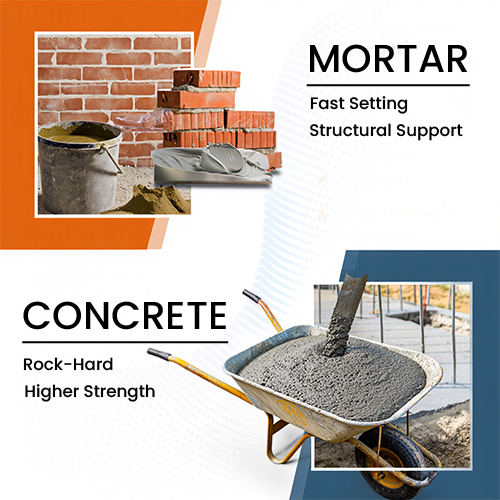Ever eyeball a brick wall holding steady next to a driveway, eating truck weight for breakfast? Mortar and concrete are the culprits—two construction dogs with different bites. Mortar’s sticky fingers lash bricks or stones together. Concrete’s the bruiser dishing out foundations and slabs that don’t flinch.
Cracking their code ain’t just for hardhats—it’s what keeps roofs from crashing. India’s building like mad these days, and NCL Limited’s tossing cement into the fray for both. This spiel rips into what they’re made of, where they land, and why it’s a big deal. Mortar versus concrete? Let’s tear it apart and see what’s what.
What is Mortar?
Mortar’s the sly fox of masonry, a slick mash that knots bricks, stones, or blocks into something that sticks. Cement, fine sand, a hefty slug of water—that’s the brew. It’s wet enough to smear across gaps, and tough enough to clamp joints shut, whether it’s a fence out back or some posh wall inside. Call it the string tying the bundle—without it, bricks scatter like spooked birds.

